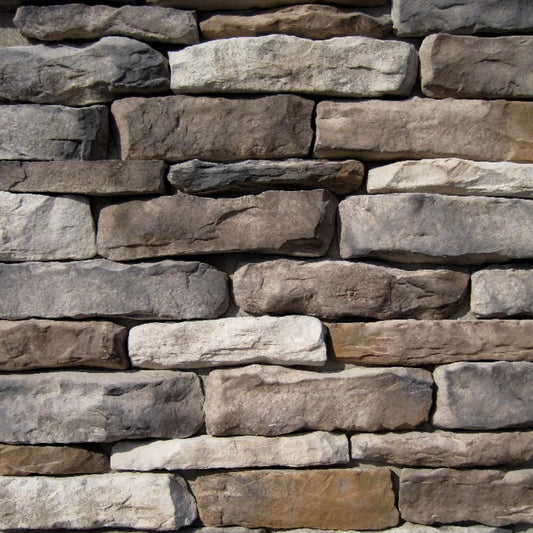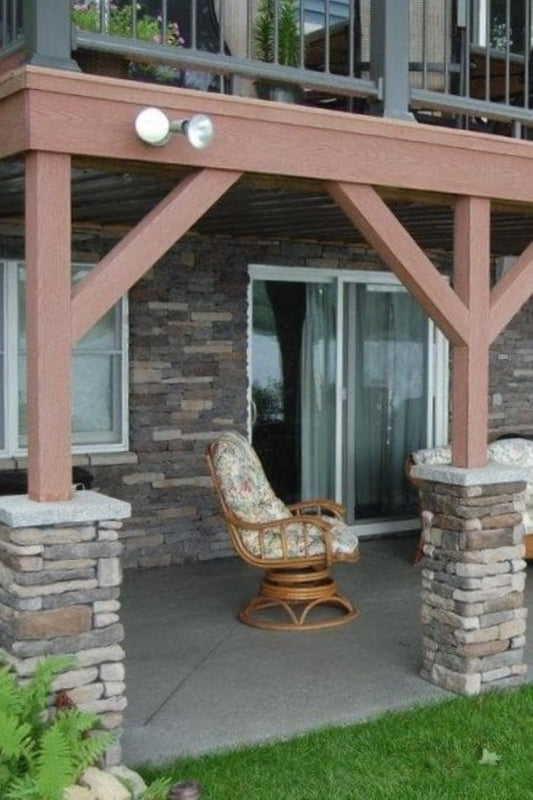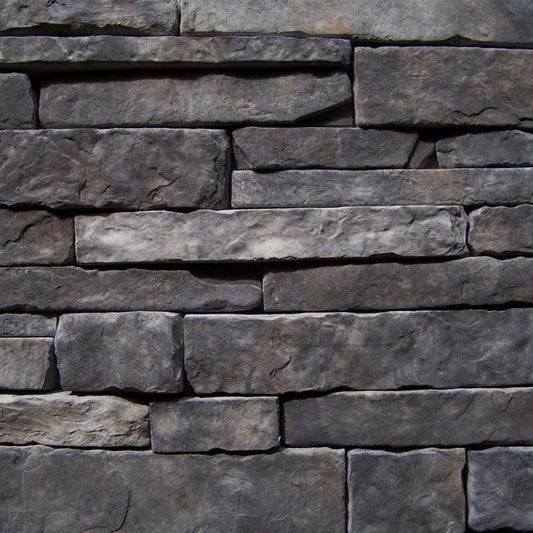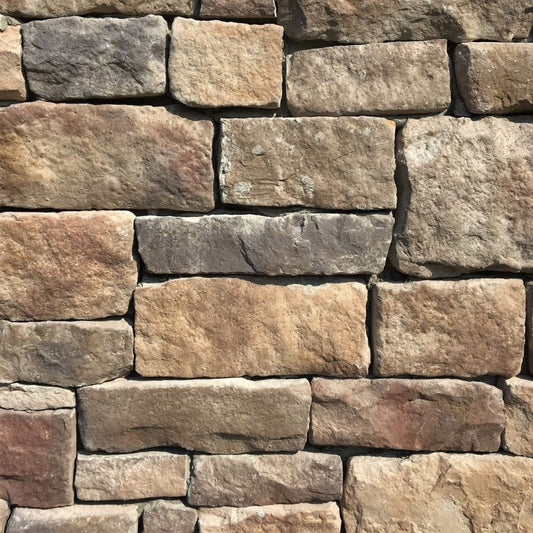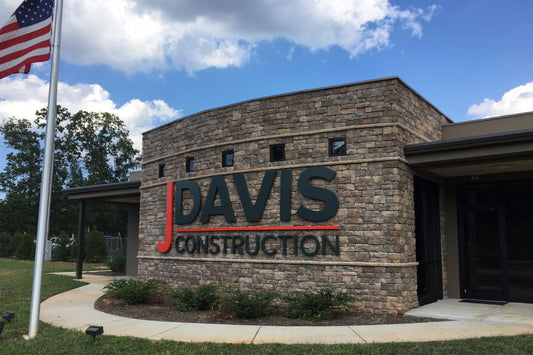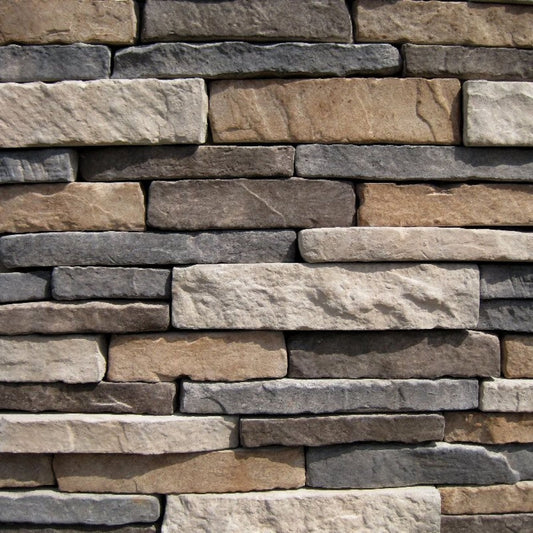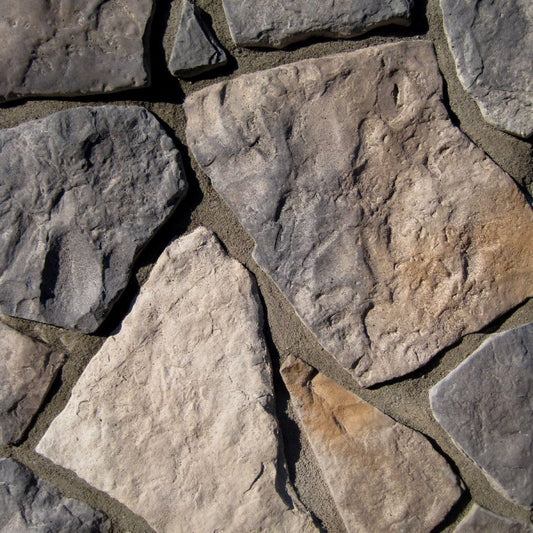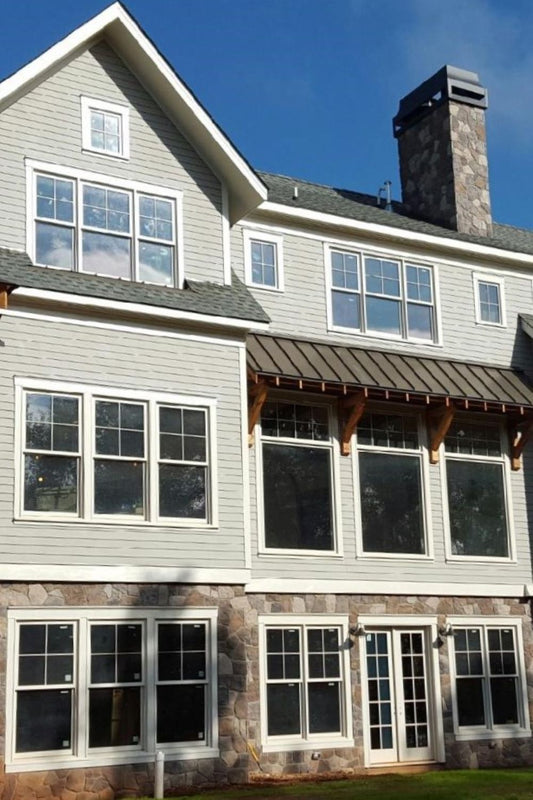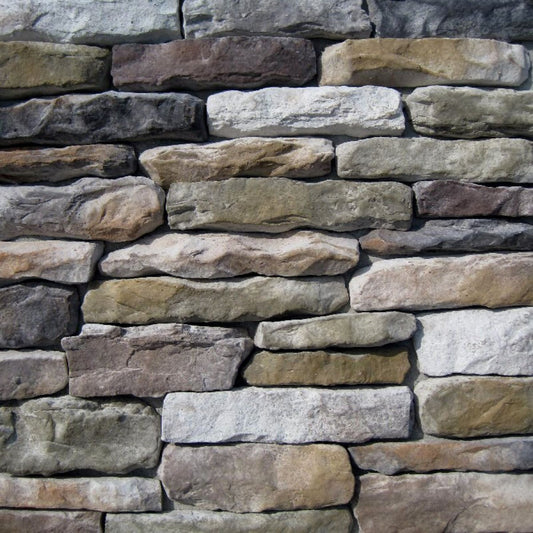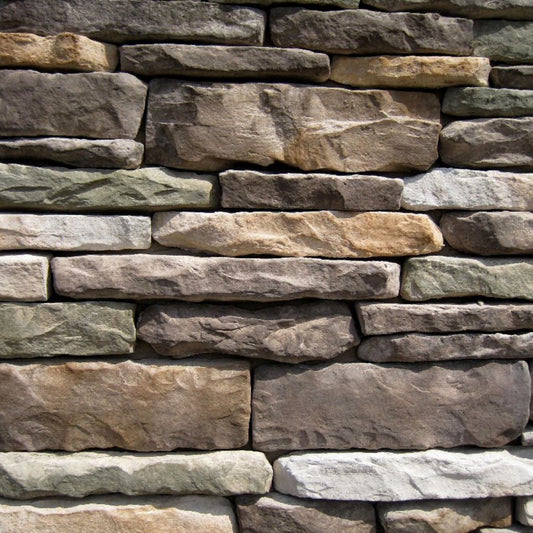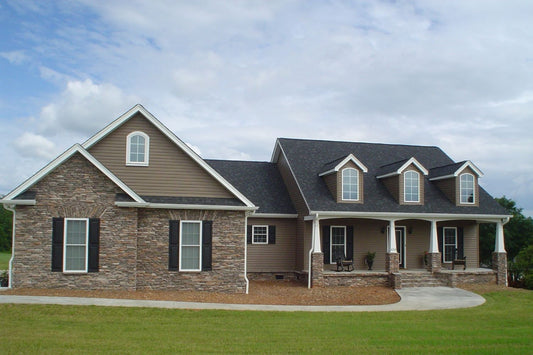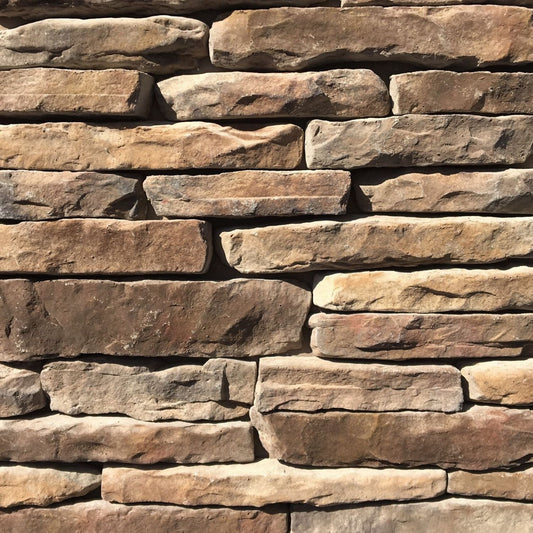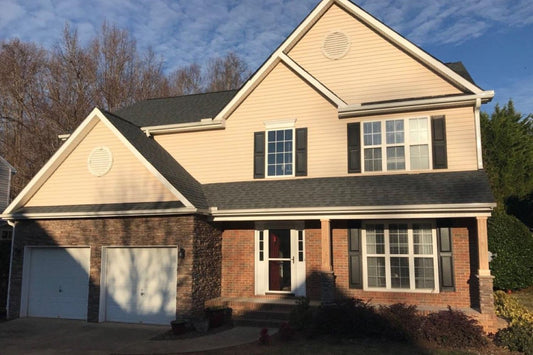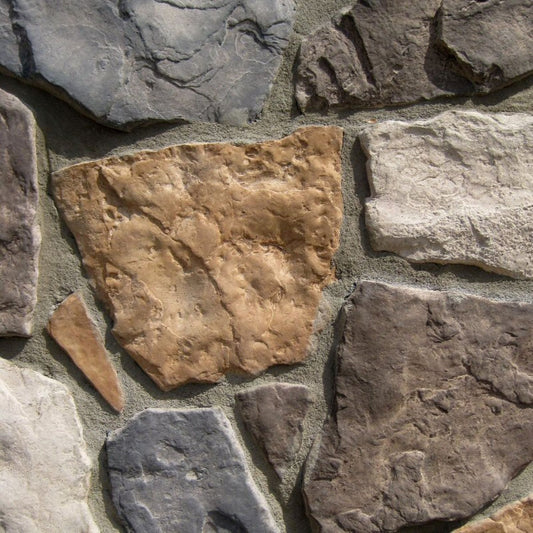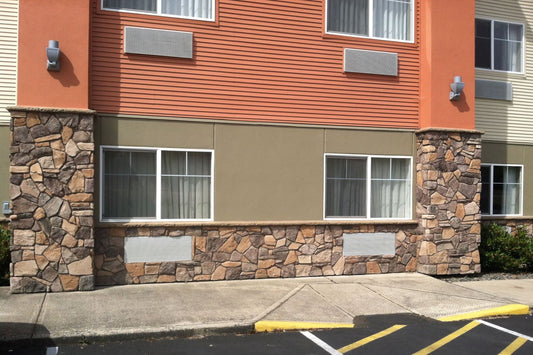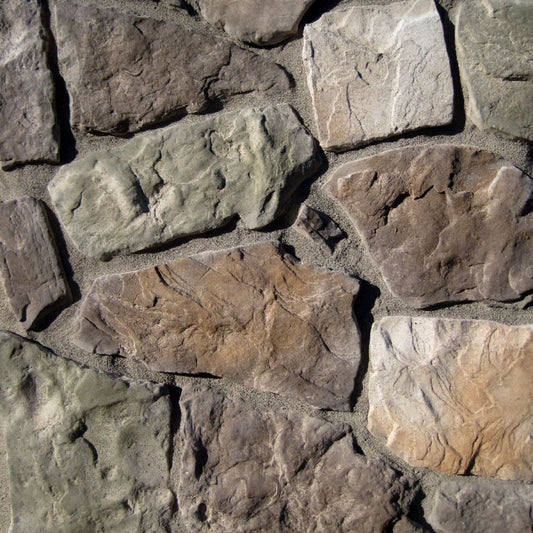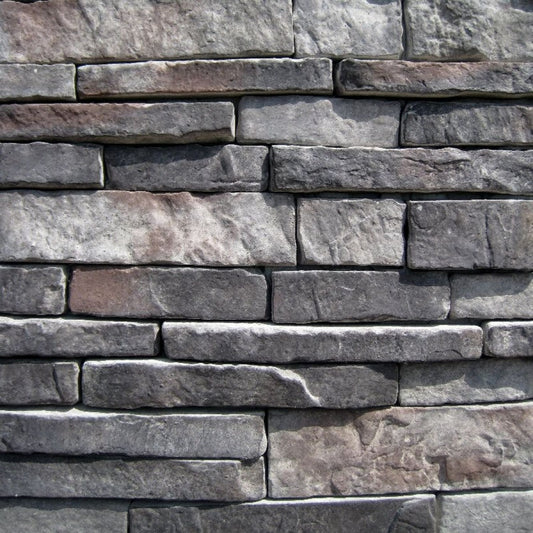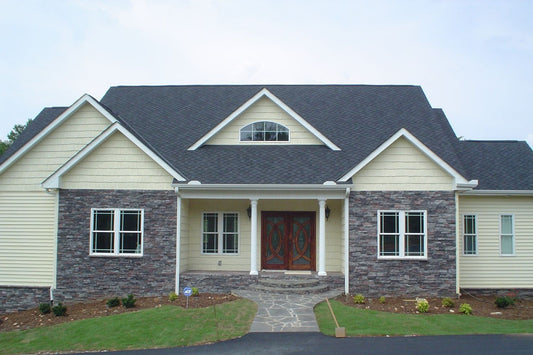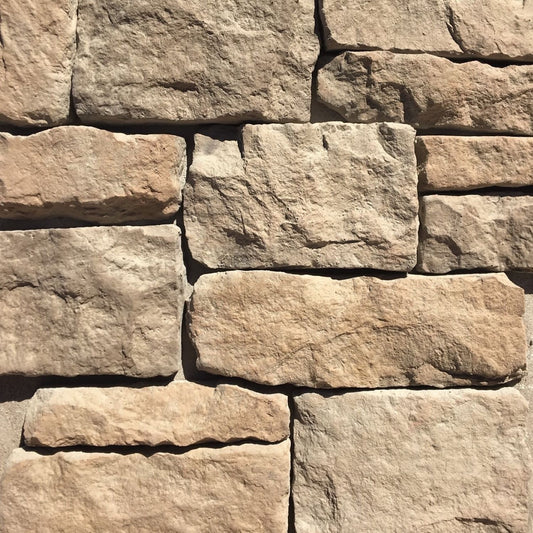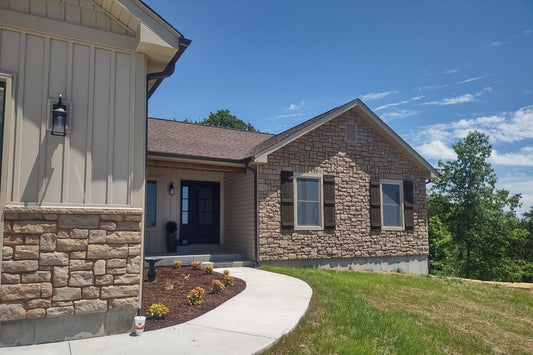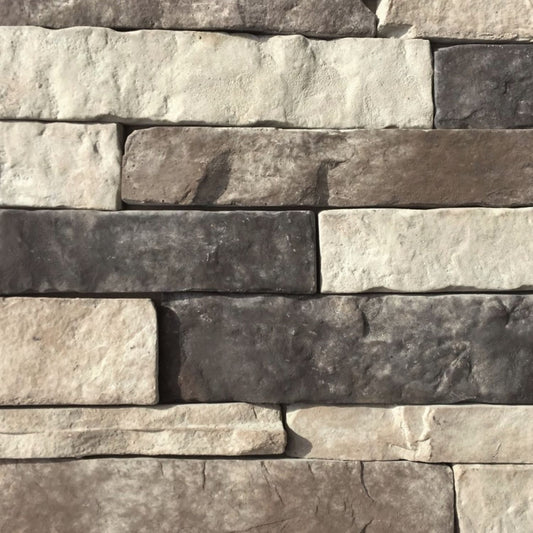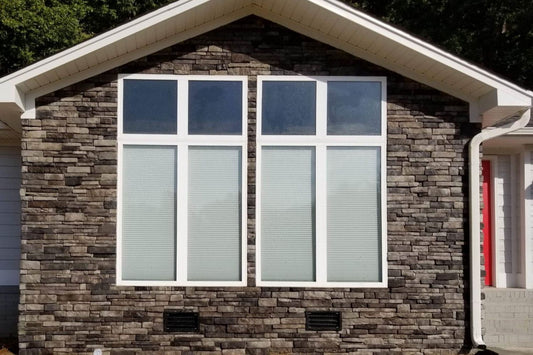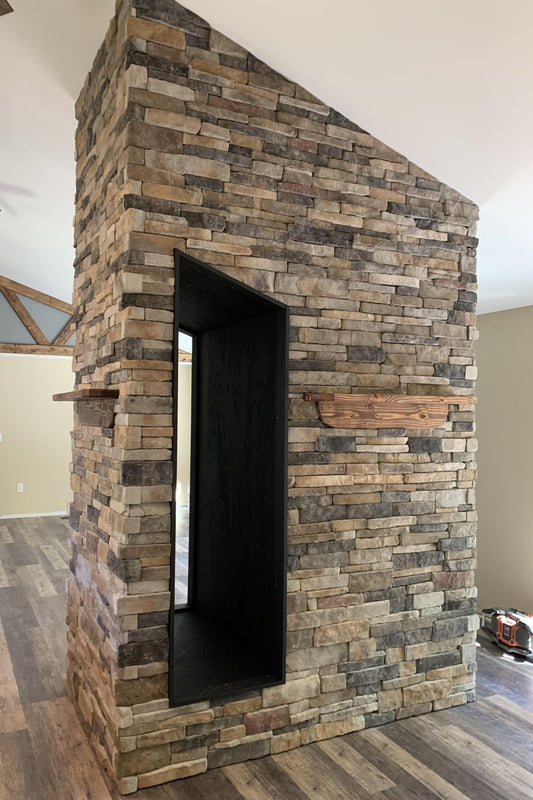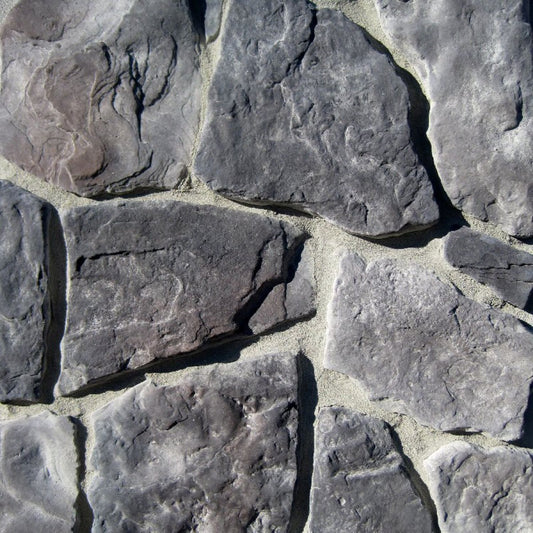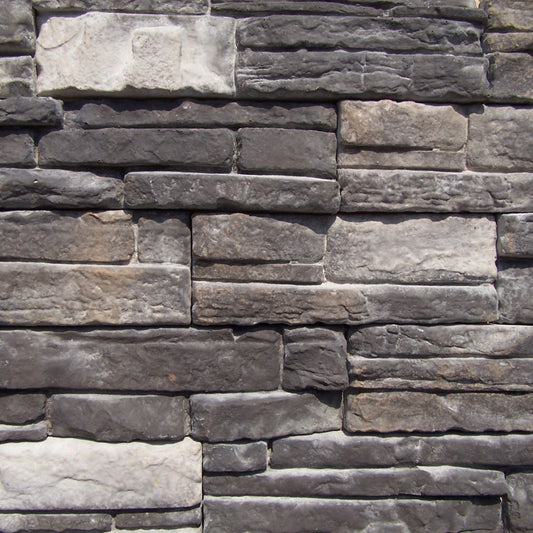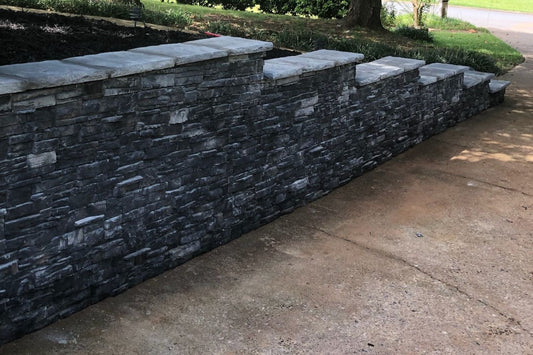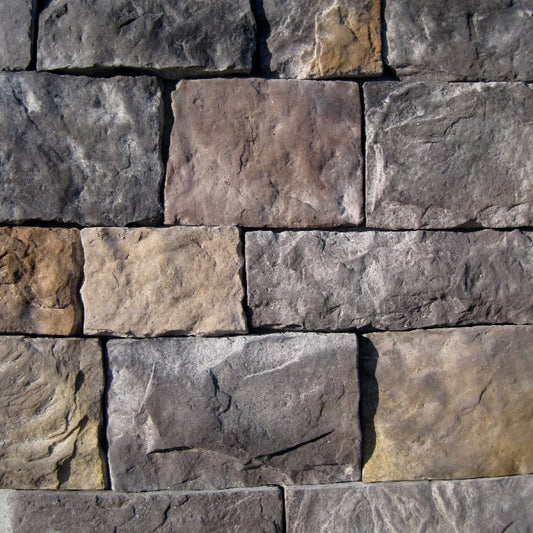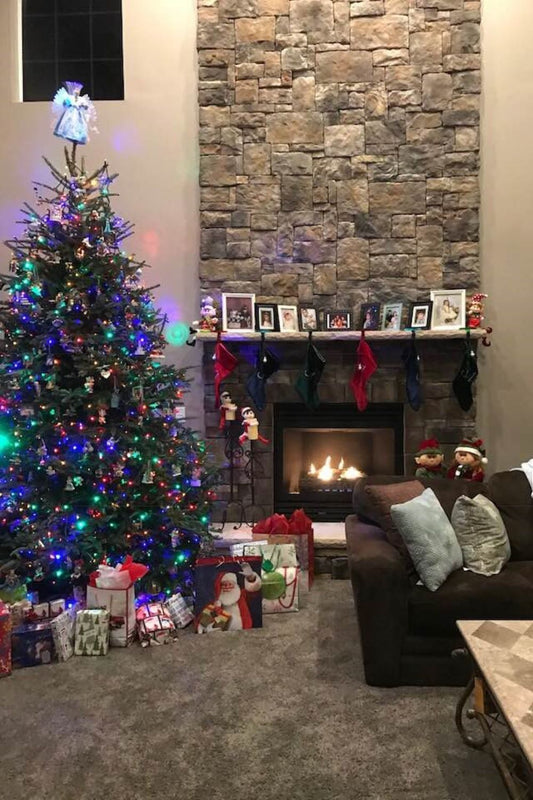
Perfect Grout Lines for Your Stone Veneer
Share
When installing manufactured stone veneer or natural stone veneer, one of the most important factors for a professional, long-lasting finish is the mortar. Mortar not only secures the stone veneer to the surface but also defines the appearance of the grout lines. Choosing the right grout, managing line thickness, and cleaning off excess mortar all contribute to the final look and durability of your project.
What type of grout to use as mortar for stone veneer
For stone veneer installation a Type S mortar mix is most commonly used. Type S mortar provides the necessary strength and bonding power to hold the stone veneer securely in place. For grouting, pre-blended stone veneer mortar products are available and designed specifically for veneer applications. If you want a seamless look, use a mortar color that closely matches the stone. For contrast, choose a lighter or darker grout to make the stone shapes stand out.
Controlling grout line thickness
When installing manufactured stone veneer, grout line thickness has a big impact on the finished look. Tight joints between ⅛”–¼” create a dry-stacked appearance with a clean, modern style. Medium grout lines of ⅜”–½” deliver a classic, traditional feel that complements most spaces. For projects seeking rustic charm, thicker grout joints up to 1” highlight the mortar and give manufactured stone veneer a bold, old-world character.
Over grouting stone veneer
Over grouting is a stone veneer installation technique where the grout lines are intentionally made wider and the mortar is spread beyond the edges of the stone for a bold, rustic look. Unlike standard grout joints, over grouted joints can be 1” or more in thickness, creating the appearance of heavy masonry work. This method highlights the mortar as much as the stone itself, giving manufactured stone veneer or natural stone projects an old-world, hand-laid aesthetic that works beautifully for fireplaces, exterior walls, and traditional designs.
Dry stacking stone veneer
Dry stacking is a popular installation style where no visible mortar joints are used. Instead, the stones are fitted tightly together, creating a seamless, modern look. While mortar is still applied behind the stones to secure them, the absence of visible grout lines gives the illusion of stones stacked naturally without bonding material. Dry stacking works best with manufactured stone veneer panels or straight-edge profiles that are designed for precise, tight fits.
How stone profiles affect grout line thickness
The shape and profile of your stone veneer play a major role in determining grout line thickness. Flat, straight-edged profiles such as stack stone or limestone allow for tight joints and even dry-stacked designs because the stones fit closely together. In contrast, irregular profiles like fieldstone or ledgestone veneer naturally leave wider gaps, requiring thicker grout lines for both strength and aesthetic balance. Choosing the right stone profile is just as important as selecting the proper mortar technique when it comes to controlling joint thickness and achieving the desired style for your stone veneer project.
How to remove excess mortar during installation
Excess mortar or grout can take away from the clean look of your veneer if not managed correctly. Here’s how to keep it under control:
1. Work in small sections: don’t spread too much mortar at once.
2. Wipe as you go: use a trowel or tuckpointing tool to scrape away extra mortar immediately.
3. Brush joints after partial set: when mortar firms up (but is not fully hardened), use a stiff brush to clean off residue and shape the joints.
4. Avoid smearing: never wipe wet mortar across the face of the stone; it can cause staining.
Pro tip: To remove excess mortar from stone veneer, specialized stone cleaners are available that make the job easier. It’s important to choose a non-etching concrete or masonry cleaner to avoid damaging the surface of the stone. One reliable option is Sure Klean Lite Duty Concrete Cleaner, which is designed for gentle yet effective cleaning. Always test any cleaner on a small, inconspicuous area first to ensure it works properly with your specific stone veneer before applying it to larger sections.
Frequently asked questions
1. Can you use regular grout for stone veneer installation? No. Regular tile grout does not have the bonding strength needed. Always use Type S mortar designed for masonry or veneer applications.
2. What’s the difference between mortar and grout in stone veneer? Mortar is used to adhere the stones to the wall surface, while grout fills and finishes the joints between the stones. In veneer work, the terms are often used interchangeably.
3. How thick should mortar be behind stone veneer? A typical mortar bed is about ½ inch thick, ensuring proper adhesion and coverage.
4. Can you color mortar for stone veneer? Yes, masonry pigments can be added to mortar to match or contrast with your stone veneer, enhancing the overall design.
5. How do you prevent mortar stains on stone veneer? Apply mortar carefully, clean excess immediately, and use a soft brush once it firms up. For porous stones, consider a sealer before installation to reduce staining.
6. Do different stone veneer profiles affect grout line thickness? Yes. The profile of your stone veneer has a direct impact on grout line thickness. Flat, straight-edged stones like stack stone or limestone allow for tighter joints and even dry-stacked designs since the pieces fit closely together. Irregular profiles, such as fieldstone or ledgestone veneer, naturally leave wider gaps, requiring thicker grout lines for proper stability and a balanced appearance.
Perfect grout lines for your stone veneer
Stone veneer mortar is more than just a bonding agent; it’s part of the design. Choosing the right mortar, controlling grout line thickness, and carefully cleaning excess will ensure your stone veneer project looks beautiful and lasts for years. Whether you prefer a tight, modern joint, a dry-stacked style, or a wide, rustic look, mastering mortar techniques makes all the difference.
You may also like
Stone veneer installation: Mortar or glue?
The art of dry stacking: How to achieve a seamless stone veneer look.
Over grouting stone veneer: Techniques for a bold, rustic look.
What's next?
Transform your space with premium manufactured stone veneer. Order a sample to experience the authentic textures and vibrant colors or shop now to create a timeless, durable design with confidence.
Have a question?
Please see our full terms of service.
For general information and questions please call: (864) 882-8960 Mon. - Fri. 8am - 5pm (EST) or email: info@mountainviewstone.net we are more than happy to help you.
Or you can submit your questions via our contact us page.
We look forward to working with you on your upcoming project.
The Mountain View Stone Team
Pictured is field stone kona.

